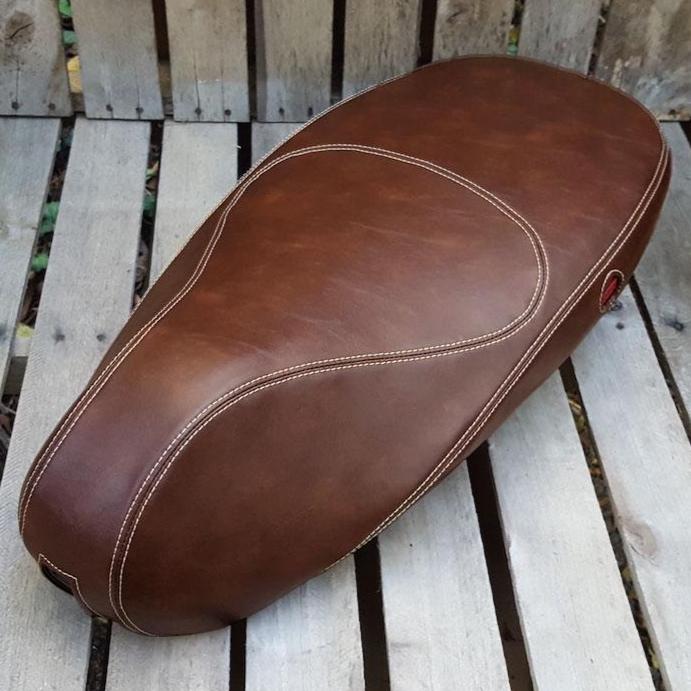The Vespa: Italy’s Iconic Two-Wheeled Jewel Part 1

Few mechanical artifacts embody the aesthetics of the Italian spirit quite like the Vespa does. Launched into the post-war market by Piaggio in 1946, the Vespa, meaning 'wasp' in Italian, has since become an undisputed symbol of Italy's buoyant creativity and keen eye for style. Today, it stands as a testament to the marriage of practicality and chic - a cultural icon that transcends all barriers of age, gender, and geography.
In the devastated post-war landscape, Enrico Piaggio envisioned an affordable transport mode that was easy to use and comfortable - a solution to the nation's damaged transportation system. The resulting invention was a patent for a "motorcycle of a rational complexity of organs and elements combined with a frame with mudguards and a casing covering the whole mechanical part".
Corradino D'Ascanio, an aeronautical engineer, gave artistic form to Piaggio's vision. His eye for innovation resulted in a unique design that diverged from the typical motorcycle. The Vespa's direct drive took away the need for chains, its shield provided protection against dust and dirt from the road, the single-sided front suspension simplified tire replacement, and its aircraft-inspired step-through design offered women the opportunity to ride in skirts.
Think about that for a minute.....ride in skirts!




Leave a comment